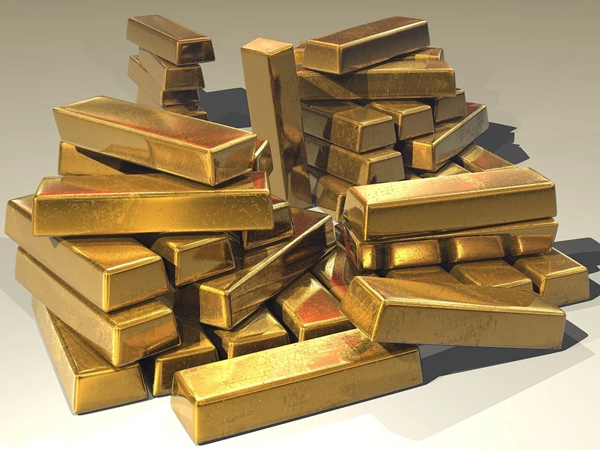
my country's ten non-ferrous metals accounted for 58.415 million tons, a year-on-year increase of 2.70%. The tightening of environmental protection and industrial policies in the non-ferrous metal industry will promote the increase in operating costs of enterprises in the industry in the short term, but it will help optimize the industrial structure in the medium and long term.
Non-ferrous metal mineral resources are relatively scarce
The downstream non-ferrous metal industry is mainly real estate, power, home appliances, automobiles and other industries. Its development is closely related to macroeconomic development and fixed asset investment, and is a typical cyclical industry. Since 2012, my country's production and consumption of the four basic metals of copper, aluminum, lead and zinc have all ranked first in the world, making it the world's largest non-ferrous metal producer and consumer.
However, my country's non-ferrous metal mineral resources are relatively scarce, and a large amount of resources need to be imported from abroad every year. The degree of resource security is at a very low level. The price of non-ferrous metals is mainly determined by the global supply and demand situation, and the industry operation risk has global characteristics.
And with the rapid development of the non-ferrous metal industry in the early stage, the domestic smelting process has large-scale inefficient production capacity investment, and the excess capacity needs to be cleared urgently. In addition, my country has a weak import substitution capacity for high value-added products in the downstream deep processing, military and aviation fields. The problem of the industrial chain structure of "big middle and small ends" is still prominent. In addition, some species such as rare earths have excessive and disorderly development of resources, inefficient use of resources, high energy consumption, and environmental pollution.
Intelligent traction industrial transformation and upgrading
In 2020, the sales revenue of non-ferrous metal industry above designated size in a certain province exceeded 90 billion yuan. The output of 10 non-ferrous metals exceeds 1.3 million tons. There are 15 provincial-level enterprise technology centers, 10 enterprises and industry innovation platforms, and 10 provincial-level intelligent manufacturing pilot, demonstration, and benchmark enterprises.
my country will actively extend the industrial chain and vigorously develop deep processing. Based on the industrial foundation of electrolytic aluminum, primary magnesium, cathode copper, etc., we will focus on the development of supporting deep-processed products in the fields of automobiles, rail transit, equipment manufacturing, electronic information, electric power, construction, general aviation, etc., and build covering plates, strips, foils, castings, and profiles. The complete product structure of high, middle and low grades will gradually realize the serialization, high-end and terminalization of products to enhance the added value of the industry.
Relying on various innovation platforms, focusing on the needs of automobiles, military industry, electronic information, rail transit, etc., through in-depth cooperation, greatly improving the localization level of supporting enterprises, improving the industrial base and modernization level of the industrial chain, and creating a well-known aluminum-magnesium-copper industrial cluster .
Conform to the development trend of the industry and vigorously promote the three transformations. In 2020, we will focus on cultivating smart mines, smart smelting plants, and smart processing plants in the non-ferrous metal industry, and advance the province's non-ferrous metal industry with digitalization, networking, and intelligence to promote the transformation and upgrading of the province's non-ferrous metal industry by level, category and stage.
















 RCCN WeChat QrCode
RCCN WeChat QrCode Mobile WebSite
Mobile WebSite